|
In a recent article, Photography and the Paranormal, we looked at modern, digital photographic anomalies and how they can appear paranormal, but there are often rational explanations for them. This time I’d like to concentrate on some older, pre-digital photographs. We’re talking about the classic unexplained photos – those that crop up a lot in books and in lists on the ‘net. You may be relieved that this is an area largely free of orbs! Thing is, we can’t analyse old photos properly if we don’t have access to either the original negatives or photographic prints made directly from them; we’re reliant on reproductions in books or onscreen, which are often poor quality and may have been further tampered with. (Search for a particular photo online and see how varied the copies of it are.) As well, there are reports on the origins of the photos and the stories behind them, but these can be hard to verify since we can’t talk to the people involved. For these reasons, when considering the merits of the photos and genuineness of claims relating to the phenomena they depict, we’re limited to guesswork. Still, we can apply some of the techniques we’ve learned for evaluating modern digital photos, as only the recording medium has changed (electronic sensor chips rather than light-sensitive chemistry). The optics and other physics of photography that cause photographic anomalies remain the same (in principal if not in scale), as does the psychology of the visual interpretation of the subject matter. A useful approach is to try to classify photos into categories: 1. Outright fakes and hoaxes 2. Accidental fakes (photos taken innocently, but subsequent lies perpetuate myth) 3. Photographic anomalies (long exposure/motion blur, lens flare, faulty processing) 4. Erroneous interpretation of fuzzy visual data (pareidolia, simulacra) 5. Possibly genuine paranormal phenomena. We say ‘possibly genuine’ because we can never absolutely rule out all of the first four reasons for something appearing to be paranormal. To claim something as paranormal is an ‘argument from ignorance’ – a logical fallacy – because however thorough we are, there may be a normal cause that we’ve overlooked. ‘Possibly genuine’ is, I’m afraid, as far as we dare go in making a claim for any paranormal phenomenon captured in a photograph. So let’s get down to some well-known examples of photos that fall into these four categories (at least in my opinion – you may beg to differ). The Solway Firth Spaceman Wow, there’s a lot online about this one. My initial opinion was that there’s a person standing with their back to the camera some distance behind the girl, and research bears that out. The bend of the right arm shows the figure is facing away from camera (so that’s not a visor!), and the degree of blurriness is consistent with it being some 5 metres behind the girl. If, as some claim, the figure is a toy (“Mark Apollo” or similar), it would appear in much sharper focus, being positioned close behind the girl’s head. Also, how would it be held there? What some say are threads are actually scratches on the print or negative. It would have to be taped to a stick or something. But really, why?
Nothing about the photo suggests the negative was tampered-with or that it was faked by another method. If it was, I’m sure we’d see a much more obvious and unambiguous spaceman. Even before Photoshop, there were plenty of people around who could easily produce better fake photos than this one, in camera or in the darkroom. This is no such production. The conspiracy-related mythology associated with the photograph (the visit from Men in Black, the link to the Woomera ‘spacemen’ and the Blue Streak rocket manufacture and aborted launch, etc) is just that: myth. None of it is substantiated and the links are tenuous at best. It all falls into the ‘believe-it-or-don’t’ basket. Verdict: Category 2 - Accidental Fake. (Going along with it - saying nothing to correct misconceptions - amounts to lying as far as this category is concerned.) The Washington DC Incident A wrongly-associated story relates to 7 objects detected on radar and seen heading towards the Capitol Building in 1952. The photograph that often accompanies the account was allegedly taken in 1965. It’s probably been used so misleadingly because of a lack of photos of the reported incident, and so one's opinion of this photo should not affect one’s belief in accounts of the said UFO incident. Although the best photo online has been copied from a book and may be cropped and slightly distorted, it’s accurate enough for this test. There are other ways of establishing the same thing, but here’s what I did: (1) open the image in Adobe Photoshop and make a duplicate layer; (2) flip the duplicate layer both vertically and horizontally; (3) make the layer 50% transparent to reveal the original photo underneath; (4) shift the layer sideways until the lights line up with their mirror images in the closest combination. You can see the small, sharper light spots from the sky appear inside the larger, overexposed images of the bright lights on the building. The spacing of both sets of lights is clearly equivalent when translated through the optical centre of the photograph. This is not a coincidence. Another way of doing this is to find the centre of the photo then draw lines through it to connect the lights on the building with their corresponding lights in the sky, which are in the opposite quadrant. Both of these techniques illustrate the common photographic anomaly of secondary images due to internal lens reflections. Verdict: Category 3 -. Photographic Anomaly. The Black Monk of Brockley Court
So it was surprising, Wilson says, to see Peter Underwood publish the very same photo in his 1985 book ‘The Ghost Hunters’ and list it as a probably-genuine ghost photo taken by ‘an unknown war correspondent’. Verdict: Category 1 - Deliberate Fake.
Possibly genuinely paranormal photos? So, what of Category 5 – the possibly genuine paranormal photo? Confining things to ghosts for now (as I’m really not up on UFO or cryptid photos) and looking at ‘paranormal photos not proven fake’ lists online, I still think that extreme long exposure accounts for most of the unknown presences in photos. This is little-understood by non-expert photographers (which would be most people who’ve published opinions on the photos!) but believe me when I say that odd things happen when exposures start to run into many seconds, let alone minutes; and this was common for most photos taken indoor light in the past, on film that was barely light-sensitive by today’s standards. I think the famous Tulip Staircase ghost, for example, is simply a person ascending the stairs unnoticed by the photographer, who was busy trying to hold his camera still against a wall during the exposure of 5-6 seconds. It would be a simple to reproduce the same effect when given a similar physical layout.
ConclusionA book such as ‘Ghosts Caught on Film’ by Dr Melvin Willin (David & Charles, Cincinnati, 2007) is full of examples of possible paranormal photos, and the commentary is somewhat skeptical but very much ‘let the viewer decide’, which is fine. Picking a few published examples that engage you and then researching them online and in books will of course present you with a range of opinions. Cries of ‘fake!’ are common, usually made in ignorance of other possibilities. Deliberate fakes aren’t as prevalent as you might think; they’re far outweighed by accidents and anomalies—photos taken in all innocence that have caught the public imagination. I’ve enjoyed learning a little about these few photos for this article, and I’m quite prepared to change my view (which is temporary) on any of them if shown strong evidence and/or a convincing argument. There could be at least one more article in this. Additional note ‘The negative has not been tampered with,’ a photographic expert said.
When researching old photos, you will often come across a statement like this. Usually the actual expert is unnamed. And tampering with the negative is but one way of faking a photo. The film itself won’t tell of any jiggery-pokery in the printing process, such as compositing an image in the darkroom using multiple negatives. (We’re ignoring Photoshop, which has only been around since the early 1990s, and I can attest it was difficult to make a convincing fake negative with 20th century film recording technology.) Examining a negative might reveal things like:
0 Comments
“I have told you that I was of sceptical habit; but though I understood little or nothing, I began to dread, vainly proposing to myself the iterated dogmas of science that all life is material, and that in the system of things there is no undiscovered land, even beyond the remotest stars, where the supernatural can find a footing. Yet there struck in on this the thought that matter is as really awful and unknown as spirit, that science itself merely dallies on the threshold, scarcely gaining more than a glimpse of the wonders of the inner place.” - Arthur Machen, 1895, from the story ‘The Novel of the Black Seal’ Arthur Machen, born Arthur Llewelyn Jones in Gwent, Wales, 1863, was an interesting character. His short story 'The Bowmen', mistaken for an actual occurrence during a WWI battle, was responsible for the Angels of Mons episode. Another quote of his has haunted this website for some time: "But at the last, what do we know?" https://en.wikipedia.org/wiki/Arthur_Machen I attended the 2014 Paracon at Maitland Gaol and the 2015 Paracon at The Carrington Hotel in Katoomba, NSW, as a speaker both times. This time I just wanted to go along and enjoy the thing as a punter (or as a Delegate, as it said on my tag - very flash) and also to take my wife and fellow paranormal investigator Denise along and actually stay in the Carrington this time. That was a good decision. Even the cheapest room was wonderful, with the shared tiled bathroom just down the hall. It felt like being an an Agatha Christie murder mystery and we half expected Hercule Poirot to appear at any moment.
'Paralosophy' - Brian Cano Brian Cano's talk was at 9am Saturday (and repeated the same time on Sunday morning, an even worse slot), so if I didn't grasp 100% of it, that's the reason. He's an engaging speaker, and working without props or projected slides he managed to hold the audience's attention for an hour. The theme was his journey from Skeptic to Scientist, and he outlined the difference as he sees it. I guess in the world of paranormal investigation, as seen on TV, the distinction is valid; skeptics are often portayed as the people who pour cold water on any hope of witnessing or capturing paranormal phenomena. "It's just not possible. What you have here is a [blah blah] and Occam's Razor says that the mundane explanation rules." The Scientist, on the other hand, observes, measures, gathers evidence, and does not judge or reach premature or unscientific conclusions. (I'm paraphrasing, not exactly quoting Brian - I didn't make any notes or even take a photo, sorry.) My take is that all scientists worth their salt are also skeptics, as skepticism - that is, critical thinking, questioning assumptions and accepting nothing until the evidence shows that it is indeed the case - is one of the cornerstones of Scientific Method. The difference between Scientist and Skeptic is not quite so in the wider world. Wikipedia puts it like this: - A scientific (or empirical) skeptic is one who questions beliefs on the basis of scientific understanding. Most scientists, being scientific skeptics, test the reliability of certain kinds of claims by subjecting them to a systematic investigation using some form of the scientific method.[17] As a result, a number of claims are considered "pseudoscience" if they are found to improperly apply or ignore the fundamental aspects of the scientific method. Scientific skepticism may discard beliefs pertaining to things outside perceivable observation and thus outside the realm of systematic, empirical falsifiability/testability. Basically, I was onside with Brian's talk, and so maybe I'm being pedantic here. It was early in the morning, after all. His journey in the paranormal field interests me, particularly as I think it's similar to my own but he's maybe farther along the road. I wanted to discuss this with him during the conference but he was rather the centre of a lot of attention so the opportunity didn't quite present itself. I want to learn more. You can read Brian's profile on the Paracon Australia 2016 speaker profiles page. An aside: many paranormal investigators claim to employ a scientific approach but some of those have no idea what that involves, or they have misunderstood it due to a total lack of education in science. But that's another blog entirely. I had a bit of a go it it here, a while ago. Richard Saunders - the first genuine, dyed-in-the-wool skeptic to speak at Paracon Australia Richard's talk ran from 7pm-8pm on Saturday and unfortunately clashed with Michelle Taylor's talk, which was better-attended. I was delighted that a true skeptic was included in the speaker lineup for this conference, and Richard Saunders was a fine choice. Given that he could've potentially been about as welcome as a pork chop at a Jewish wedding (sorry, I can't think of a more PC simile at this hour), he presented well, stuck to the script and was engaging, interesting, and a credit to his calling. A woman asked a question at the end, using the phrase 'low-hanging fruit' a couple of times. I could sort-of understand what she was getting at, but her question needed to be phrased differently for Richard to answer it adequately. I think what she meant was the people who were tested for the James Randi Million Dollar Challenge were attempting to demonstrate paranormal abilities that were relatively simple to disprove by scientific testing (dowsing, remote viewing - the low-hanging fruit), but what about some of the stuff that happens unpredictably, sporadically, almost at random, but defies rational explanation? Because it cannot be summoned for repeatable testing, it cannot be claimed as a paranormal ability and tested scientifically. I have had several experiences in my life that defy explanation, and I've read all the skeptics' books and fully understand all of the expanations for everything that they present, but still no dice. I know I'm not alone in having had unexplainable experiences, and I think this is what the woman's question was about. It's the 5%, or the 1%, or most likely the tiny fraction of 1% of all possible instances of paranormal activity that just might be the real deal that keep us all in this game. And unfortunately these events will probably never be amenable to testing by Scientific Method, and that's where we're stuck for the forseeable future, or maybe until the next big breakthough. Richard Saunders is a life member of Australian Skeptics. Paul Bradford & Shawn Porter of Ghoststop Speaking of skeptics, both these guys (Shawn from the US, Paul a Brit) included a healthy dose of skepticism in their talk, as well as plenty of humour. But then, they make and sell a bunch of equipment specially for paranormal investigation, ghost hunting, or whatever you want to call it, all of which needs skepticsm applied in shovel loads. So, while it's good to be skeptical about ghost boxes, (they were, explaining why the results from various types of ghost box should not be used as evidence to present to a client, but it was fine to experiment with them), there really is no firm evidence that EMF meters (Ghoststop's or anyone else's) can detect ghostly activity, or that ghosts can be captured on film or video, even using their full spectrum (infra-red + visible light + ultraviolet) -adapted video and stills cameras. 'Beyond the flashlight' was an engaging talk that got me thinking about my own and our Strange Occurrences team's approach and use of the gear we have - all of it adapted from other spheres and rather old school by the Ghoststop guys' definition. So thanks, guys. You rocked. And anything that gets you thinking is good. Right? Along with the stuff mentioned in paragraph 1, that's what you go to these things for. Isn't it? I'm pleased I made the effort. I hope the next Australian Paracon, wherever and whenever it's held, will be as much of a success or even more. I also hope a few more of my fellow countrymen see the worth of hopping across the Tasman for it. (There will never be anything like it in New Zealand, so don't hold your breath.) It's not a big deal money-wise. I'm struggling financially like everyone else, and taking a few days away from my business is tough (as I'm finding out this week, trying to catch up), but with plenty of notice to save and prepare, we were able to get there. It's just a matter of priorities. |
Ectoplasmic Residueis a blog by James Gilberd - leader and co-founder of Strange Occurrences. Views expressed here do not necessarily represent those of the Strange Occurrences team. AuthorJames Gilberd is an amateur paranormalist, writer and musician, and a professional photographer, living in Wellington, New Zealand. Archives
February 2021
Categories
All
|
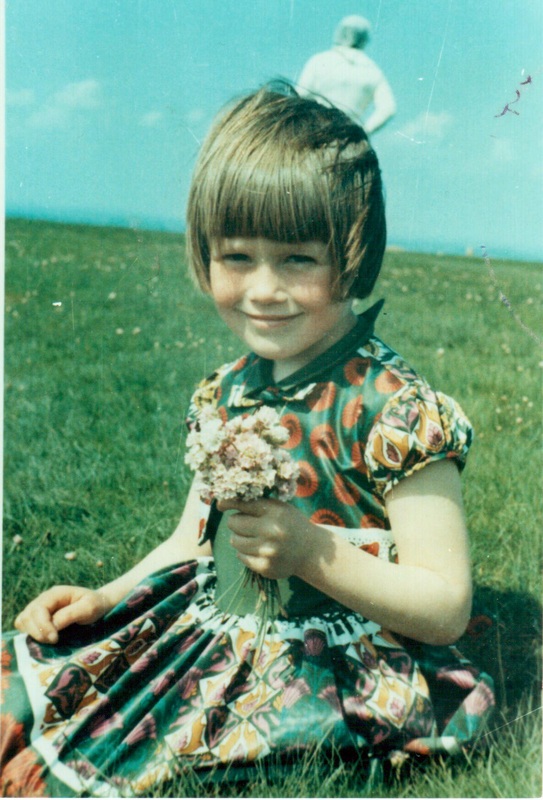
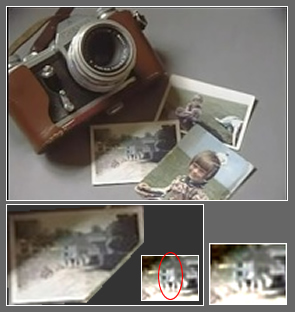
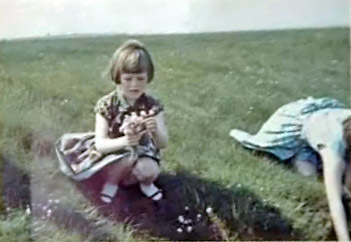
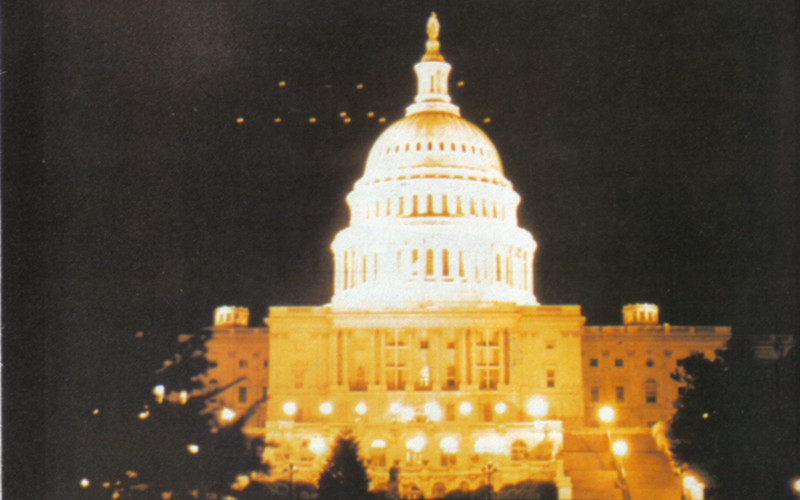
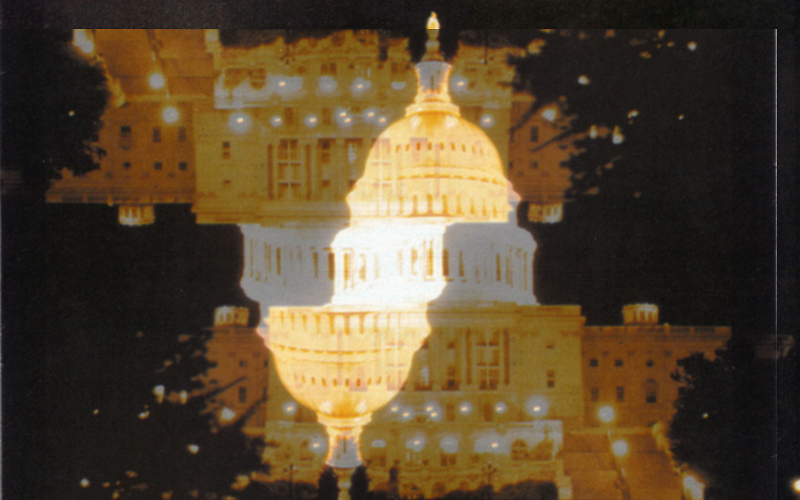
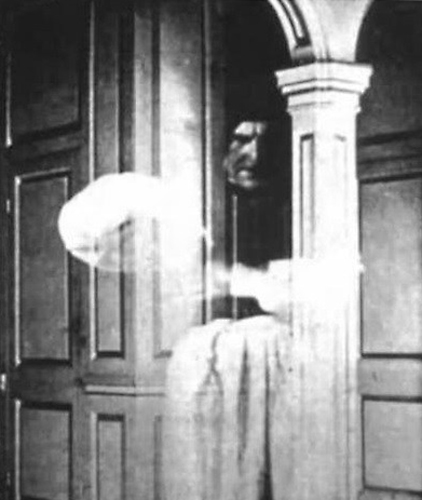


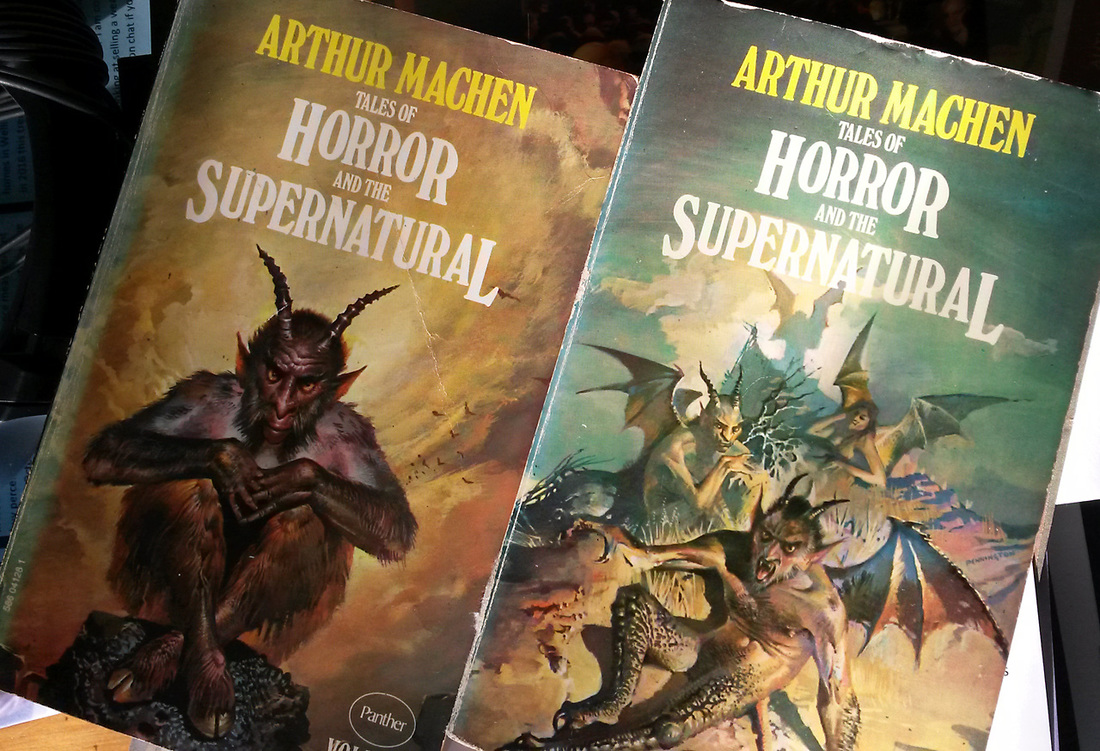
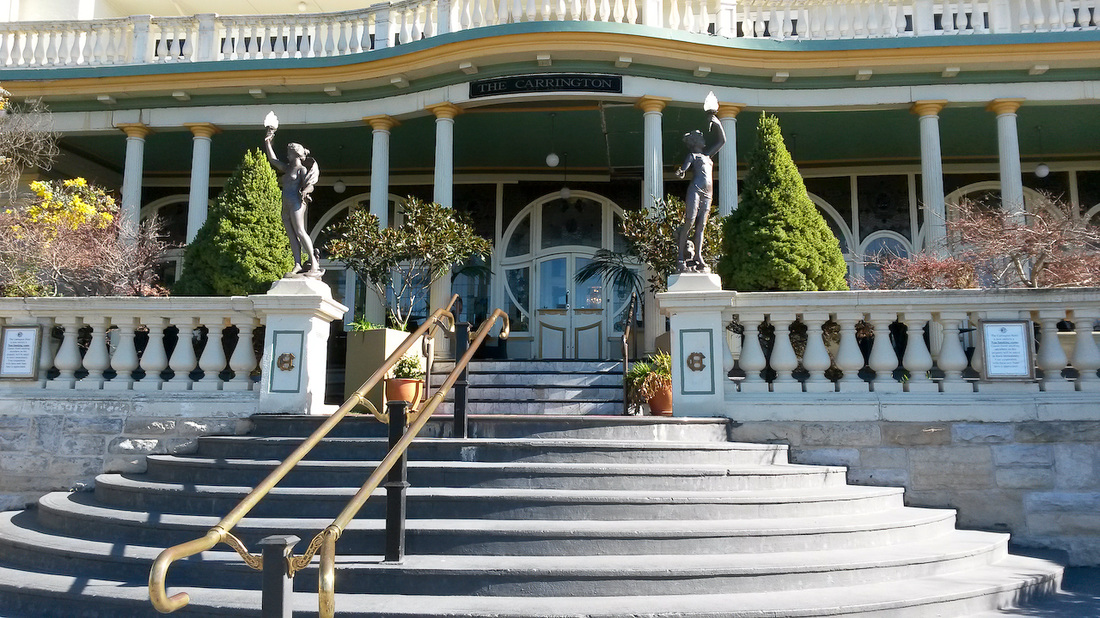
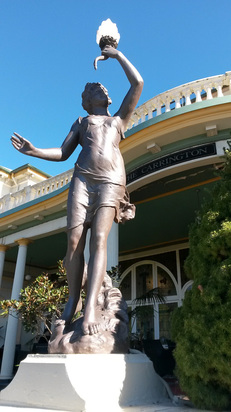
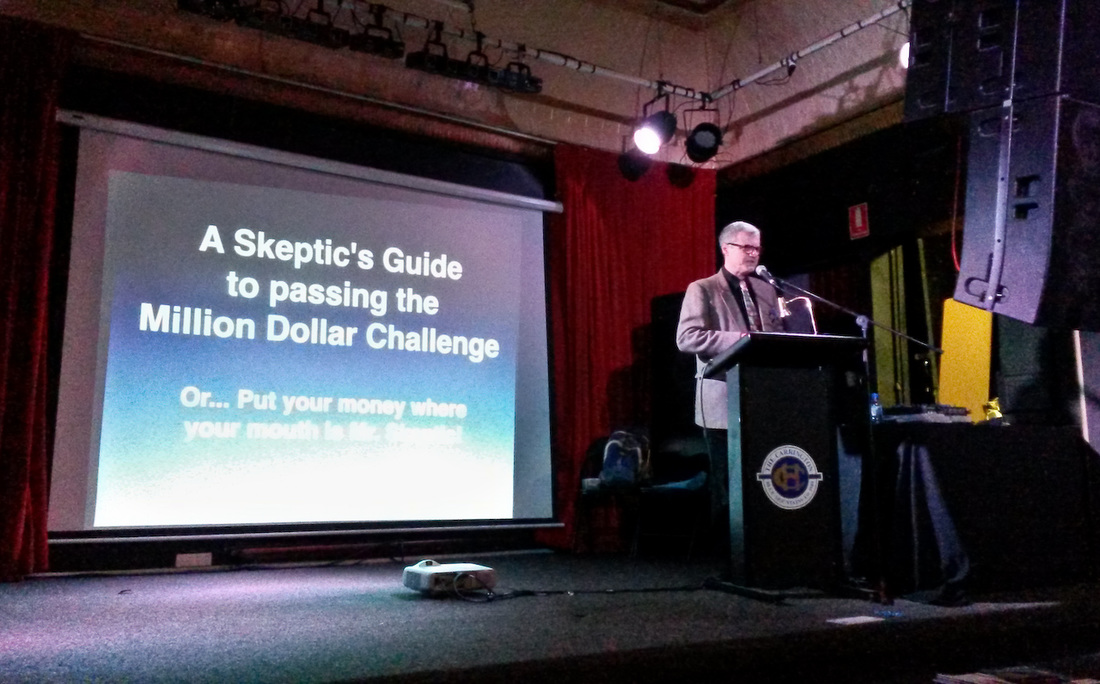
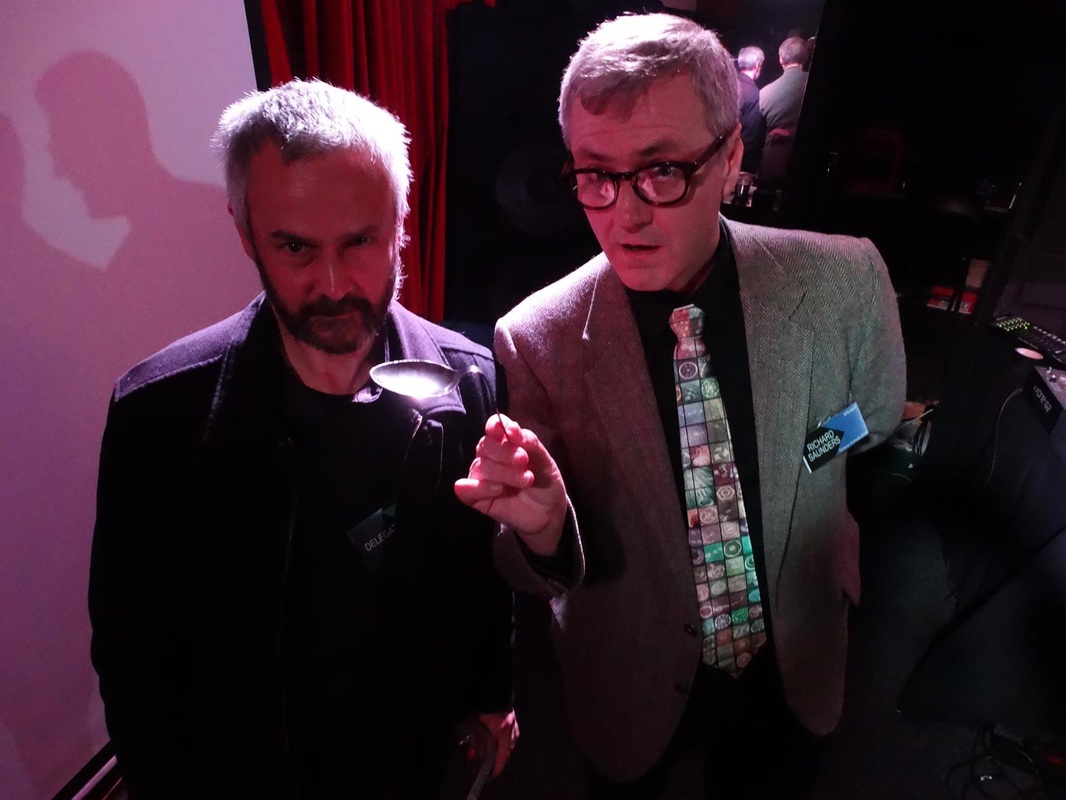
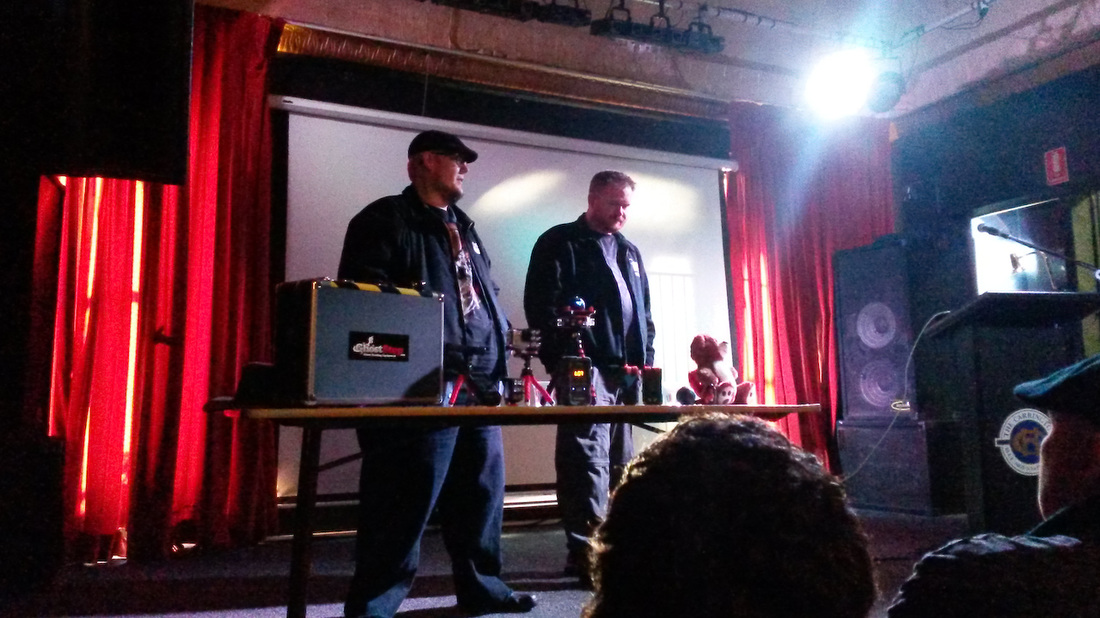
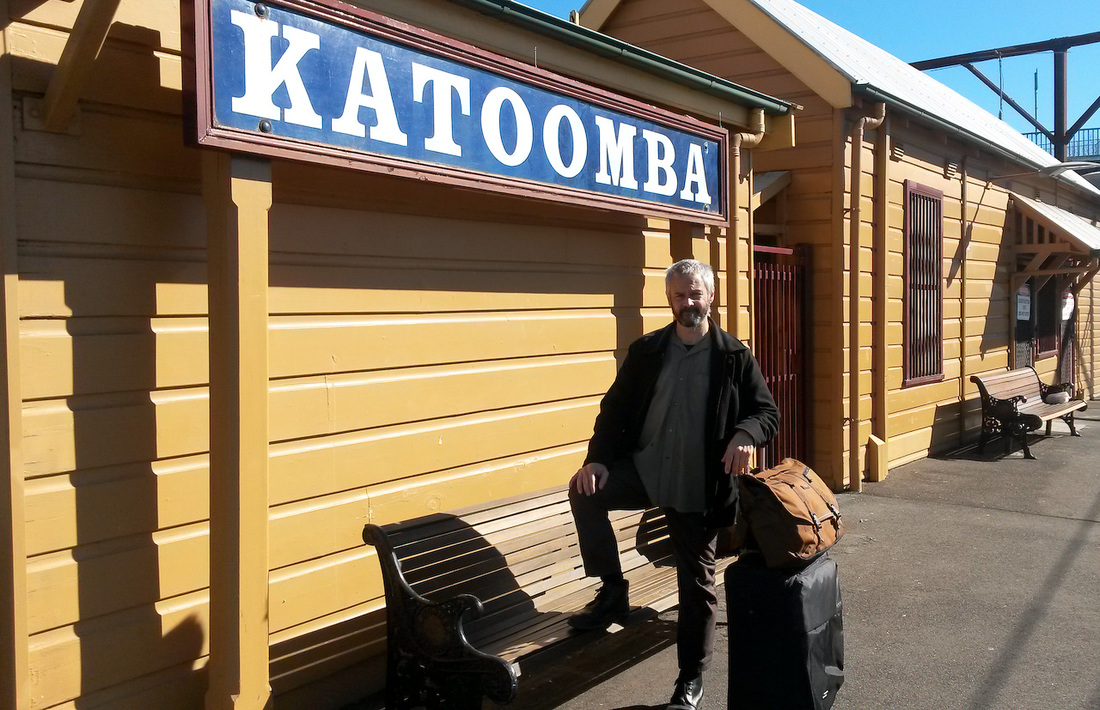
 RSS Feed
RSS Feed
